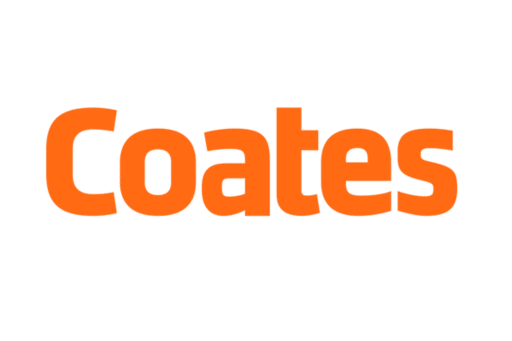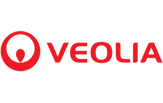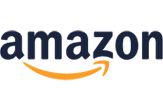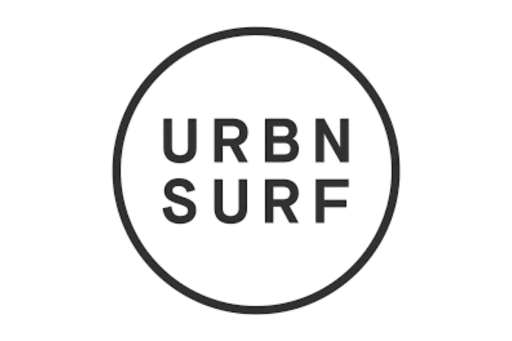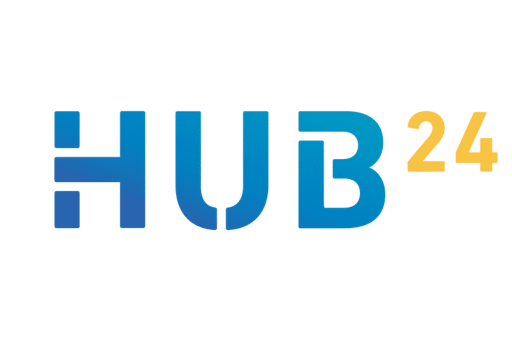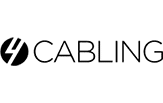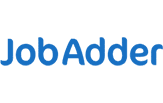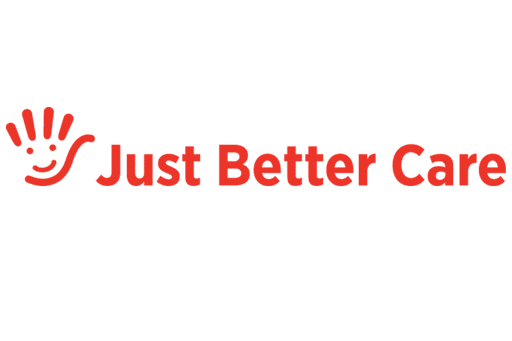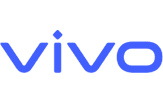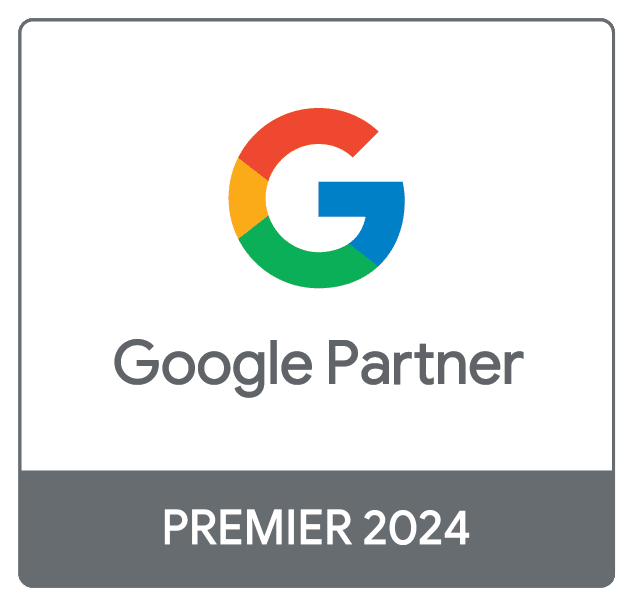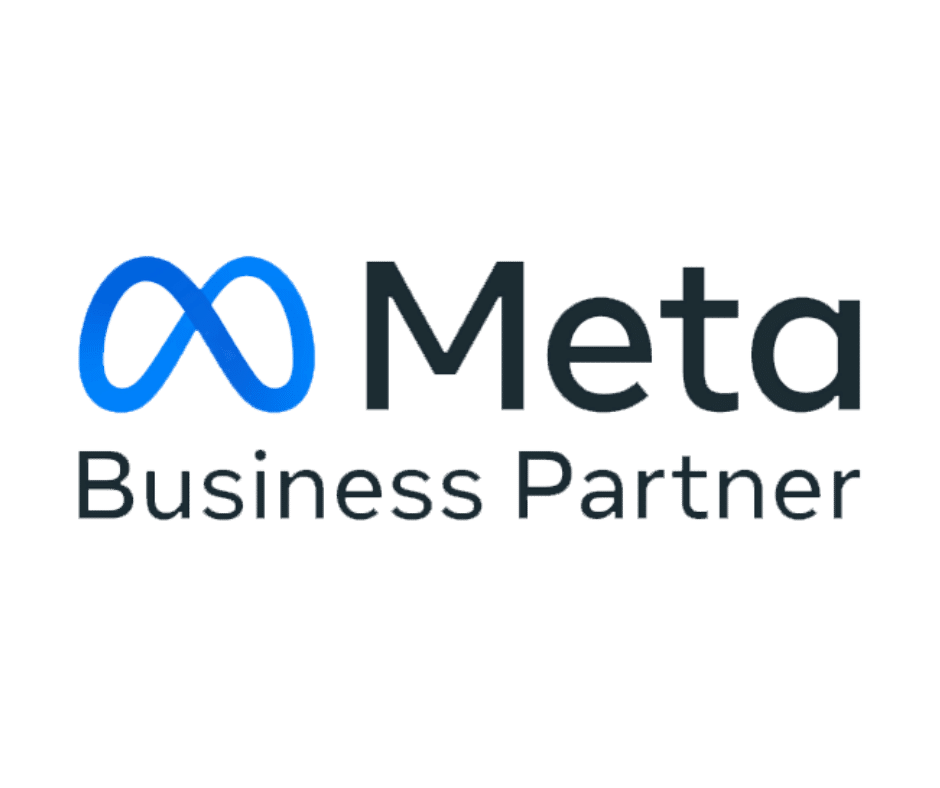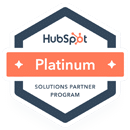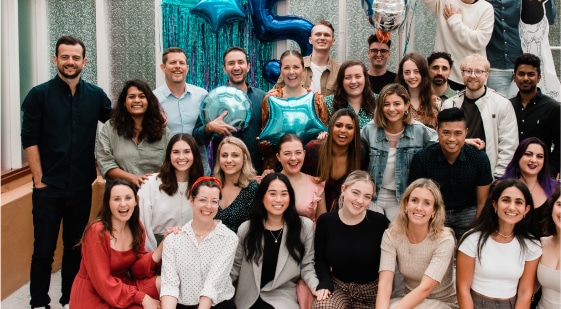CRO for Websites: How to Turn Traffic Into Conversions
You’re running great campaigns. The traffic’s flowing. On paper, everything should be working, but your website just isn’t converting as well as it should.
It’s frustrating, and you’re not alone. We hear it from clients all the time: “We’re getting visits, but not enough leads (or sales).”
Often, the problem isn’t your audience or your campaigns. It’s the experience they have when they land on your website. Maybe the messaging’s off. Maybe it’s clunky on mobile. Maybe it’s just too hard to know what to do next. If your site isn’t built to guide a visitor, earn their trust and make the next step feel obvious, all that traffic you’ve worked hard (and paid) for hits a dead end.
The good news? You don’t need to tear everything down to fix it. That’s where CRO (Conversion Rate Optimisation) comes in. It’s about making your website work smarter (not harder) by turning more of the right visitors into high-quality leads.
What is CRO and why should marketers care?
CRO stands for Conversion Rate Optimisation. Put simply, it’s the process of making your website better at turning visitors into leads, enquiries or sales.
It’s the high-impact, low-disruption way to improve performance.
Instead of building a site from scratch, CRO helps you fine-tune the site you already have. By improving the user journey through clear messaging and less friction, CRO helps you get more value from every visit, without needing to increase your media spend or commit to a complete redesign.
For businesses that already have a website and are getting traffic, CRO is often the most efficient path to better results. It’s faster, more cost-effective and focused entirely on performance.
And it works! On average, companies that invest in CRO report an ROI of over 200%. (Source: Demandsage)
Common reasons why your website isn’t converting and how CRO can help your website
Even with great campaigns and solid traffic, many websites still struggle to convert visitors into customers. Sometimes it’s not because of the quality of website visitors but simply because your site is too clunky, lacks clarity or just has a poor user experience.
Here are the most common conversion killers we see:
1. The user journey is unclear
Your website should feel like a helpful guide, showing users where to go next, step by step. But when navigation is clunky or messaging is disjointed, visitors lose momentum. They might land on the right page, but without a clear path forward, they bounce.
CRO focuses on simplifying this journey. It removes distractions and maps every page to a logical next step, turning scattered content into a connected, conversion-driven experience.
Example: Railway Adventures
Their site had great content but lacked structure. It didn’t clearly guide users through the journey of browsing, selecting and booking a tour. We improved the experience to be intuitive and tour-focused, making bookings easier and the website admin smoother.
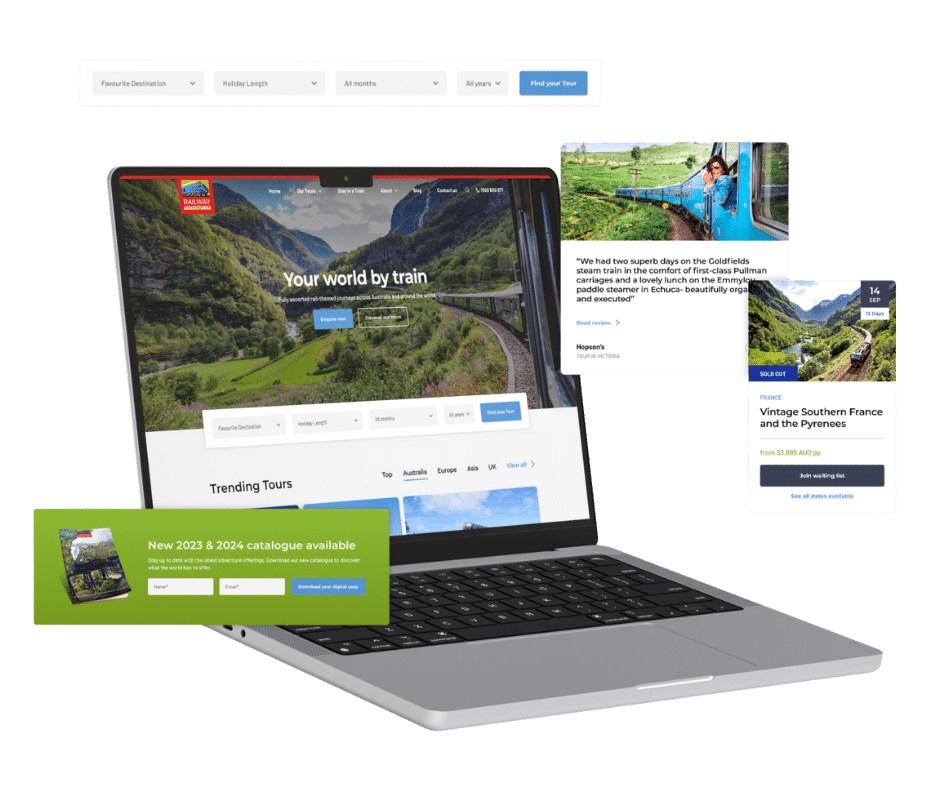
2. CTAs are weak, vague or hard to find
Even engaged visitors won’t convert if the next step isn’t obvious. If your call-to-action is buried in the footer, worded passively (“Get in touch”) or missing entirely from key pages, you're leaving leads on the table.
CRO makes CTAs intentional. It brings them into focus with clear language, strategic placement and consistent alignment to user intent. Every important page should have a strong, relevant action and it should be impossible to miss.
Example: Jamesons
Before CRO, their CTAs didn’t speak directly to the value of their core services. By readjusting page layouts and highlighting high-intent actions, we helped drive a 10x increase in organic conversions and a 270% uplift in revenue from Google.
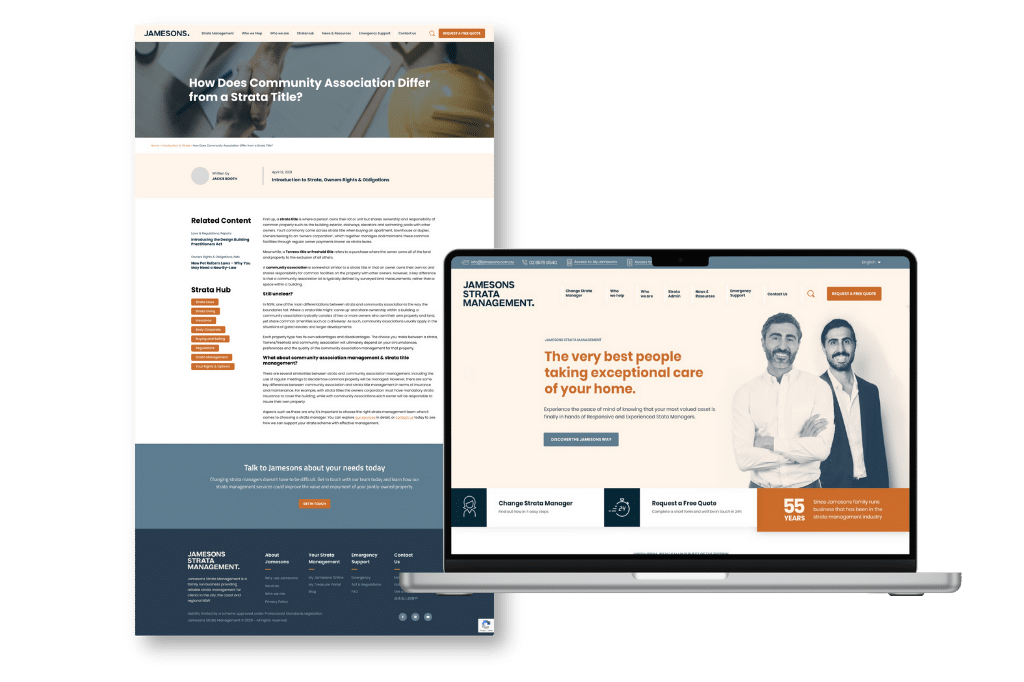
3. The site was built for desktop, not mobile
Your audience is likely to be mobile-first, but your website might not be. Slow load times, awkward tap targets, and layouts that look great on a 13-inch screen but fall apart on a phone are common culprits. And they cost you conversions.
CRO ensures your site performs where your audience actually is. That means optimising speed, layout and usability for mobile, not just shrinking down a desktop site and hoping for the best.
Example: The Plant Man
Mobile site performance was lagging and hurting their lead volume. After a mobile-focused CRO refresh, they saw a 30% increase in website visitors and a 20% lift in leads YoY - proof that CRO with smoother mobile UX drives better outcomes.

4. The site prioritises aesthetics over performance
There’s nothing wrong with beautiful design. However, if your website is clean, modern, and unhelpful when it comes to converting users, it’s missing the mark. Users don’t just want pretty. They want confidence that they’ve found the right partner.
CRO brings performance into the design conversation. It ensures your site doesn’t just look good, it works hard. That means thoughtful layouts, scannable content, embedded trust signals, and fast load times.
Example: Allcon
Their old site looked fine, but lacked structured navigation and wasn’t geared for performance. We optimised it with conversion in mind, resulting in a 14% decrease in bounce rate and a 68% increase in engagement.
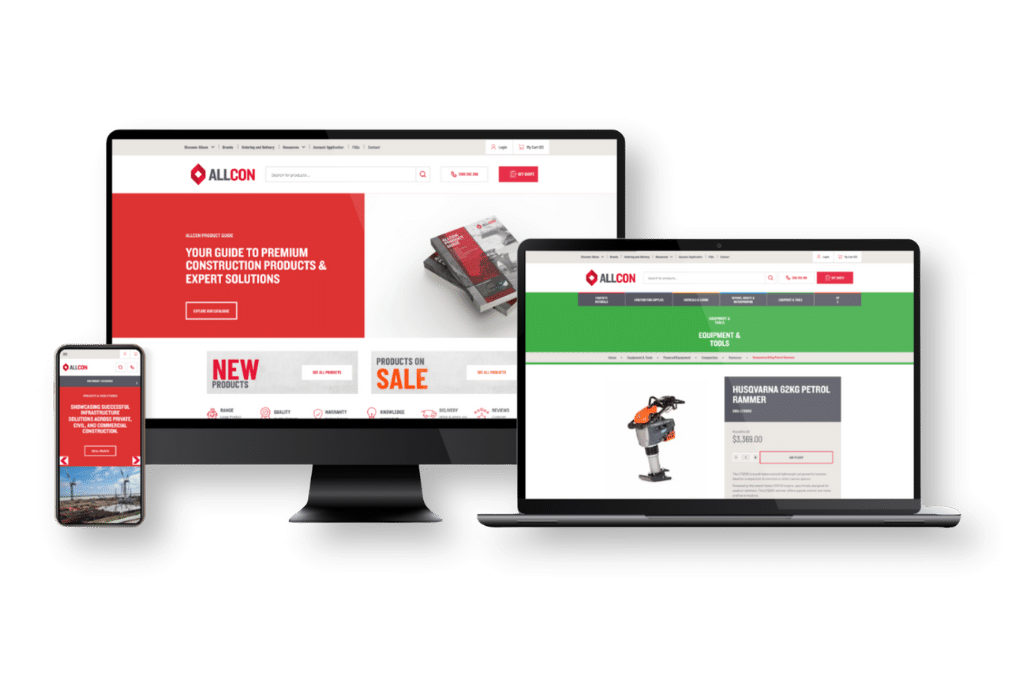
5. It doesn’t reflect your customer’s mindset
If your site focuses on you instead of solving for your audience, it’s unlikely to convert.
This is a common thread across most CRO projects at Rocket. Whether we’re refreshing messaging for corporate services or rethinking landing pages for a retail brand, the biggest shift comes when we speak directly to the customer’s pain points, not just our client’s capabilities.
All of these issues lead to the same outcome: lost trust, lost attention and lost leads. Combined, these elements create a weak first impression, especially in a world of short attention spans.
Your audience should be able to understand who you are, what you do and who you do it for easily in the first few seconds of visiting your website. If they can't, you're likely to lose some very good business.
5. There’s no strategy for testing or iteration
Too many websites are launched and left untouched, with no ongoing plan to test what’s working and what’s not. But conversion is rarely solved in a single version. It comes from continuous experimentation, data-informed decisions and a mindset of always improving.
CRO builds testing into your website strategy. From A/B testing headlines and layouts to validating form length or CTA copy, it helps you learn fast and optimise for what actually drives results.
Example: Rezdy (B2B SaaS)
Rezdy wanted to improve performance on the core landing page of their B2B SaaS business. We trialled 19 different variations as part of a structured CRO program. The result? Their conversion rate lifted from 0.45% to 8.23% - a massive improvement that drove a stronger sales pipeline from the same traffic.
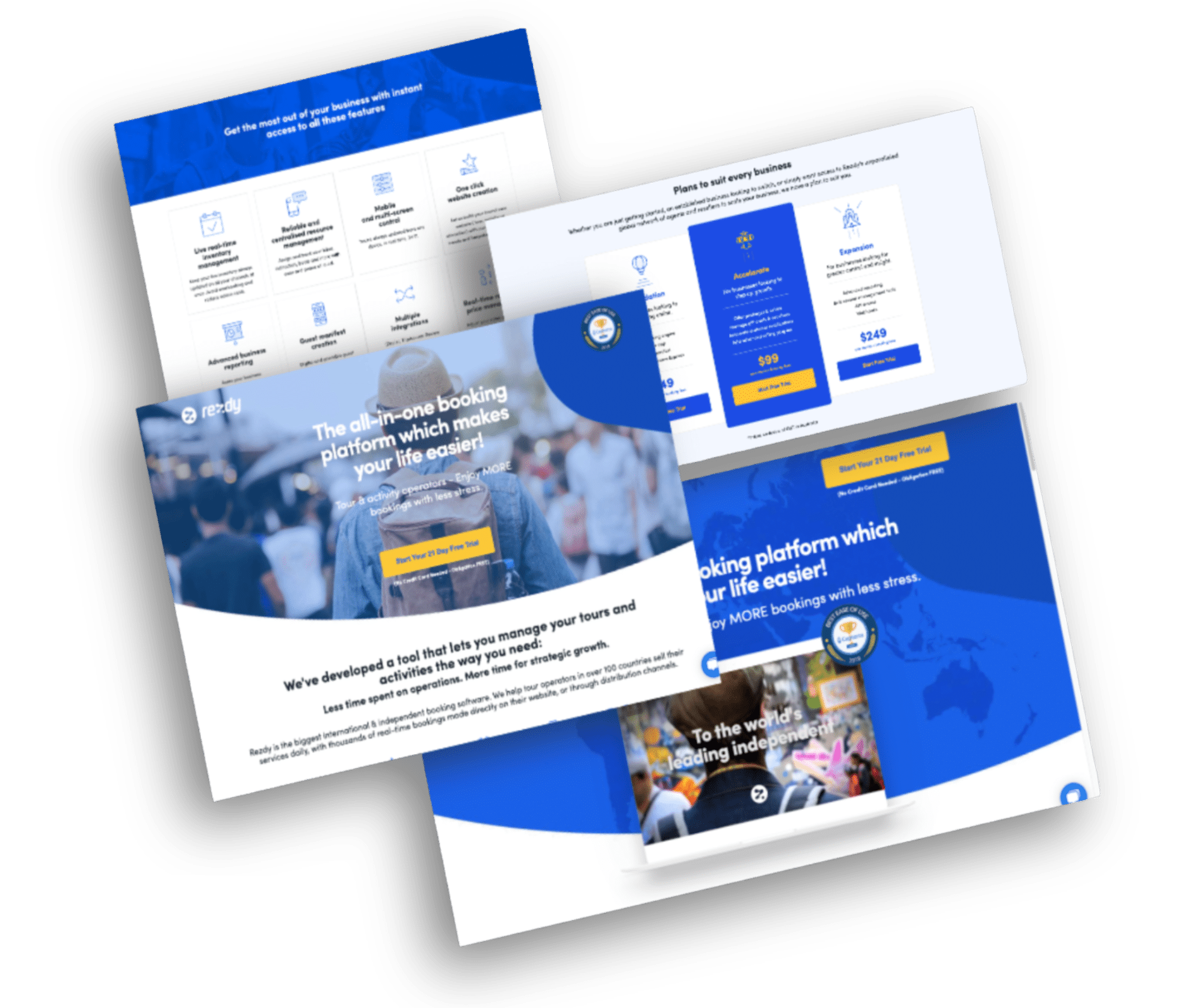
6. It doesn’t reflect your customer’s mindset
If your site speaks to your business, not your customers’ problems, it’s unlikely to drive conversions. When your copy is full of internal language, product features or generic claims and says little about customer pain points, it won’t resonate.
CRO helps shift the perspective. It uses customer insight and behavioural data to craft content that speaks to your audience’s needs, priorities and mindset. That’s what builds trust and drives action.
6 business benefits of a well-run website CRO project
CRO isn’t just a set of tweaks. It’s a strategic investment in your most important digital asset. When done well, it creates lasting improvements across your entire marketing ecosystem.
When CRO is done right, the impact goes far beyond just more leads.
1. Stronger ROI on every campaign
CRO means maximising the traffic you already have. Even modest improvements in conversion can improve your conversion rate without increasing media spend.
We’ve seen businesses significantly improve lead volume just by simplifying forms, improving load speed and rethinking page structure.
2. Shorter, smoother sales cycles
A well-optimised website removes friction and builds trust. Prospects find what they need faster, understand your value sooner, and take the next step more confidently. Whether it’s reworking FAQs or reducing form fields, small UX changes can speed up decisions.
3. Higher-quality leads
Not all leads are created equal. A CRO-informed site filters out tyre-kickers and attracts the right-fit prospects. That means fewer wasted sales hours and more qualified conversations.
4. A brand experience that matches your marketing
You can’t run a great ad campaign and then drop people onto a site that feels outdated, clunky or off-brand. That disconnect kills trust. CRO aligns your site with your brand promise, building credibility and creating a seamless experience from ad click to enquiry.
5. Faster testing, learning and iteration
A CRO-optimised website gives you a flexible foundation to experiment. Want to trial a new offer? A/B test a headline? Launch a landing page fast? You can do so without wrangling dev time for every change. This agility lets your marketing team move faster, test smarter and improve continuously.
6. Improve metrics that matter the most
CRO projects deliver trackable, meaningful results: form completions, bounce rate drops, time-on-page increases, conversion lifts. These aren’t vanity metrics, and they make it easier to justify spend to the wider business.
Signs your website needs a CRO project
Here are some of the most common red flags we see when a site is ready for CRO, depending on your situation:
What to look out for if you haven’t touched your website in years
Then it’s probably overdue for more than just a facelift. Here are some warning signs to look out for:
- High bounce rates: If people land and leave quickly, it often means your content isn’t clear, the layout’s confusing, or the page speed is too slow.
- Low mobile conversions: Mobile traffic might be healthy, but conversions are lagging behind. That’s a big red flag that your site isn’t mobile-optimised.
- Unclear internal purpose: If your team can’t confidently explain what your landing page or site is meant to do. Is it for lead-gen, a content hub to educate users or a credibility builder? If you don’t know, your users definitely won’t get it.
- Fluffy or jargon-heavy messaging: Clever writing doesn’t convert. Your messaging should be direct, action-oriented and easy to understand. Not a creative writing exercise.
What to look out for if you have just relaunched your website but don’t see conversions
It happens more often than you’d think. Here’s what might have gone wrong:
- The project was design-led, not performance-led: The website looks great, but doesn’t convert. CRO was probably never considered in the initial scope, which means it wasn’t considered in the design process. This is also assuming that you’ve taken on an SEO Migration project and not lost much organic traffic with the new site.
- Conversion goals weren’t defined from the start: If your designer or developer didn’t know what success looked like, how could they build for it?
- Key CTAs weren’t mapped to business outcomes: For example, more importance was given to your “Subscribe” CTA vs your “Demo” CTA or “Contact” CTA. Your site needs action-driven prompts on every key page.
- Designers and marketers weren’t aligned: Design teams worked in a silo and performance took a back seat.
- Not a very strong understanding of your target audience's pain points: If the content and structure don’t speak directly to your users' problems, they won’t stick around.
This is where a CRO-led refresh can be game-changing.
Quick DIY CRO audit: Is your website working hard enough?
Take five minutes. Pull up your homepage or any key landing page and rate your site on a scale of 1-10 for each of these questions:
- Is your page load speed under 3 seconds on mobile and desktop?
- Can someone understand what you do and who you do it for in under five seconds?
- Are your CTAs clear, visible, and aligned to your business goals?
- Does the mobile experience feel seamless?
- Can users find the info they need in two clicks or fewer?
- Do your pages include trust signals such as case studies, testimonials or recognisable brands?
- Are your forms short, relevant, and easy to complete?
- Do you review heatmaps, session recordings or Google Analytics regularly?
If you’re hesitating on more than one of these, it might be time to take a closer look. The ultimate goal is to achieve a score that’s as perfect as possible.
Final thought: Traffic is expensive. CRO will make it count
Here’s the good news: if you’re seeing strong traffic but underwhelming conversions, you’re already halfway there. It means your marketing is working.
Now, it’s time for your website to catch up.
CRO helps you bridge that gap, turning your site into a high-performance asset that supports every campaign, every sales conversation, and every growth target. It’s about making what you’ve already built work harder, smarter, and with more impact.
You don’t always need more eyeballs. You need fewer missed opportunities.
Ready to unlock more performance from your website?
If you’re seeing the signs and want expert eyes on where your site might be holding you back, we’re here to help. Our CRO specialists can review your website, identify key opportunities and recommend practical next steps to improve conversions.
Get in touch with the digital marketing experts at Rocket and let’s make your traffic count.
About the Author

Eshita is the Head of Marketing at Rocket Agency. She is also the Email Strategist for client projects. Eshita has been a finalist at the B&T Women In Media awards in the marketing category for her success in scaling Rocket’s own marketing efforts.
Previously, Eshita was the Marketing Manager at SalesITV where she was responsible for executing the marketing strategy and operations focused on lead generation, lead nurturing and sales conversion for a training business offering a saas product.
She has in-depth experience in monetising owned media channels via email, CRM, copywriting, public relations, as well as scaling and running successful online webinars. What’s more, Eshita’s experience working closely with sales teams has enhanced her skillset as a proficient marketer that achieves impressive results.

